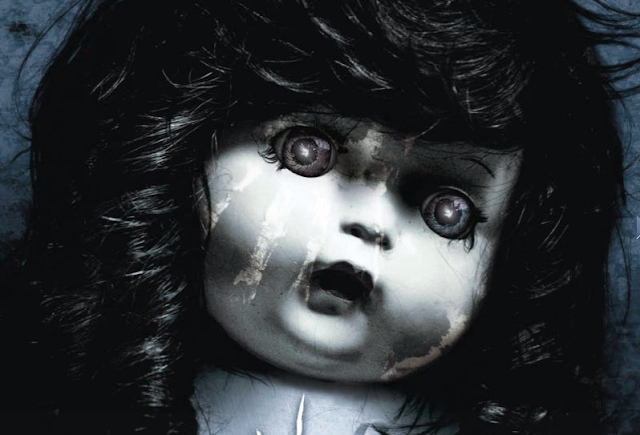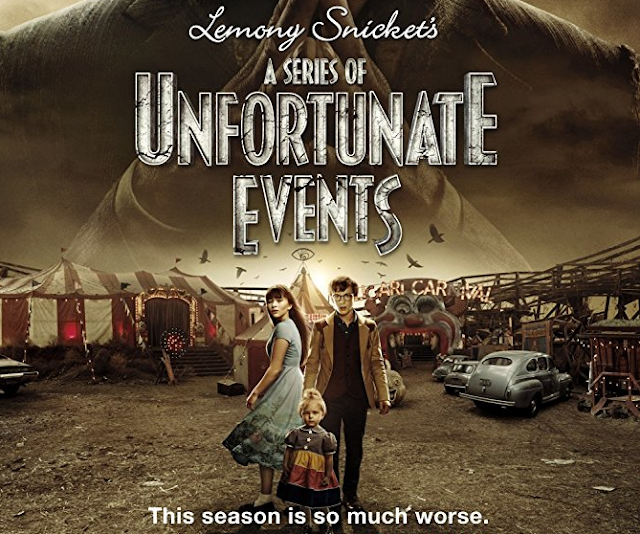A Tale of Two Movies: Darkest Hour and Lady Bird
As war rages across Europe and malevolent Nazi forces threaten to obliterate entire countries and peoples a portly, mumbly and not entirely popular man takes up the mantle of England’s Prime Minister in 1940. Joe Wright’s historical drama “Darkest Hour” takes us through the first two months of Winston Churchill’s leadership. While over 60 years later it’s 2002 in Sacramento, California where a rebellious high school senior pushes her limits, her uptight mother’s patience and herself to seize the extraordinary. In Greta Gerwig’s critically acclaimed coming-of-age “Lady Bird” the bonds between mother and daughter constantly seesaw from highs to lows, as a young woman discovers who she is and how she wants to make her mark on the world. Hint: it sure as hell isn’t as a passive passenger just going along for a ride. In this week’s a Tale of Two Movies we’re looking at these two Golden Globe winning, Oscar nommed movies who seem to be just about every critics darlings. Are they worth the mushy gushy love and rave reviews they’ve stirred up?
Darkest Hour
Darkest Hour is more than just a war movie. This historical drama directed by Joe Wright lifts back the curtain and ushers us into the political struggling that was ongoing in England regarding how to deal with Nazi invasions and Hitler's brutality.
We’re swept into the story as Prime Minister Neville Chamberlain (Ronald Pickup) is asked to step down, and Churchill a man who’s hardly popular and has quite a reputation for being a grump and a bit uncouth is nominated to take his place and lead the country. Darkest Hour takes place over the first few months of Churchill taking office. Gary Oldman is unrecognizable under layers of fleshy prosthetics giving him the bulldoggish jowls and stout figure of the stout-hearted, cigar chomping Churchill. He’s the spitting image of the famous black and white photos of the Brit.
But looks aren’t the only ways that Oldman is a triumph in Darkest Hour. The other is how he imbues Churchill with a strong personality beyond just that of a brave and bold leader-- there’s a sense of vulnerability and even humor to the man that makes him a real person, and not just a Hollywoodized ideal. The relationship he has with his doting wife Clementine (Kristin Scott Thomas) is carefully illustrated in many of the later scenes and her unwavering belief and confidence in him is a refreshing delight-- she’s aware of the prominence of politics and doesn’t use it as a way to guilt trip her husband for being somewhat inattentive to her.
The friendship he strikes up with his young typist and personal assistant Elizabeth Layton (Lily James) are also some of the best moments of the movie. What starts off as obliviousness and criticism shifts into not just a tolerance for her but a respect and kinship. These personal interactions like the strain and odd couple partnership between King George VI (Ben Mendelsohn) interjects humor and lightness into a movie that is serious but not overly solemn.
Joe Wright’s distinctive cinematography and finesse adds a poetic component to the narrative, and while Darkest Hour is not exactly Pride and Prejudice or Atonement it is still has a elegance and poise to it. But it’s more urgent. The frantic energy stirred up in the political party -- many of the men are actively fighting AGAINST Churchill’s ideas-- is palpable and sets our hearts racing. His insistence at rescuing the young men stranded on Dunkirk is a case of epic timing (Christopher Nolan’s incredible Dunkirk movie premiered in July 2017) and history.
Faced with pressure from Viscount Halifax (Stephen Dillane) and the war council Churchill refuses to buckle and give in to treating with Hitler. Delivering his most famous rousing speeches, “We Shall Fight on the Beaches” Darkest Hour goes out with a bang. Who needs gunfire and trench warfare when we have Gary Oldman’s soulful and inspiring performance of the leader who strived to do what was right not just easy. As the clock is ticked down and unrest and tensions mounted Churchill kept calm and carried on.
Lady Bird
The coming of age story is one that’s been told time and time again in plays, novels, television shows and movies, and with good reason: it’s universally relatable. But before I delve into the performances and plot I want to take a moment to recognize the historical significance of Lady Bird.
The first Academy Awards ceremony took place on May 16th, 1929 in Los Angeles. Flash forward 89 years to 2018 and we’re quickly approaching the 90th (yes 90th!!!!) Academy Awards. Actress turned director Greta Gerwig is the fifth nominated female director in the entire history of the Academy Awards for her labor of love and critic darling: Lady Bird.
The fact that we’ve only had FIVE female directors recognized for their film prowess and excellence in a span of almost 100 years is as rattling and unnerving as binge watching Black Mirror. Women are steadily making their mark and garnering notice in the Hollywood boy’s club but there are still some serious flaws in the system. Patty Jenkin’s Wonder Woman didn’t get a single nod, despite being a total triumph in the box offices making $819.9mil worldwide and featuring a stellar cast of female actresses in prominent roles. Jenkin’s and Gal Gadot proved that men aren’t the only badass superheroes on the screen and that comic book heroines do exist beyond the token female damsels that have been a recurring trope in video games and comics.
In Lady Bird Irish actress Saoirse Ronan stars as American teen Christine “Lady Bird” McPherson who’s bold and outspoken ways are partially fueled by her desire to break out of the dull normalcy of Sacramento. With her pink hair, mischievous nature and her angst and frustration with her lot in life, she’s determined to flip the script and write her own story. She refuses to let her guarded and uptight mom dictate what she can or cannot do, so she sheds her birth-given name, and embraces the boldness and ferocity inside her and gives herself a new name, Lady Bird.
Lady Bird is a female-centric film that takes a look at what it means to grow up as a woman in 2002 (hint: it’s not a whole hell of a lot different than 2018): there’s hooking up with boys and having sex for the first time, being hurled into the chaotic stream of the college search, experimenting with drugs and booze and that whole self discovery thing that every teen grapples with. Lady Bird’s turbulent emotions guide her head and heart as concocts a plan to flee the nest for the excitement of New York City.
Her flair for the dramatics lead her to seek out theatre programs in her strict Catholic High School and gives her opportunities to unleash her emotions and try on new roles. The absolute best scenes are the ones where Lady Bird shares the screen with her best friend Julie (Beanie Feldstein) getting up to mischief in school, and geeking out with her drama club friends in montages that are flashy, and hilarious and totally heart warming. They have a touch of a quirky Wes Andersonness to them.
Friendship and the mother-daughter bond are major themes. As Lady Bird tries to shrug off the smothering hold of her controlling mother it’s hard to watch this and NOT nod along in understanding. Her mother, Marion, is a deviation from the Hollywood ideal. Laurie Metcalf performs as Lady Bird’s psychiatric nurse mom, and is 62 years old, an age that (exceeding Meryl Streep) often pigeonholes actresses into grandmother roles.
Lady Bird is so so SO flawed. She’s constantly bickering with and at odds with her mother, she has awful taste in choosing boyfriends, and she’s a shitty friend, dropping Julie for a rude popular chick Jenna (Odeya Rush) when it becomes more fun and glamorous. Lady Bird falls in with a rude and arrogant party squad, ditching her tribe of drama geeks and one of her greatest passions-- student theatre -- all for Kyle (Timothee Chalamet) a a dude who’s on the surface “hott” but in reality a total tool. His Holden Caulfield attitude is annoying as hell and he doesn’t bring anything new to Lady Bird’s life but douchebaggery. And eventually Lady Bird comes to that realization: she screwed up. Big time. She’s a total mess like many teens.
Where the film stumbles is in the closing scenes. The ending is not just abrupt it’s also unsatisfying. This is something that drains away some of the impact of the film as a whole and makes watching it seem well. . . kind of pointless. There is an aimlessness to Lady Bird that is emphasized by this sudden ending and brings to question, “Uhh… that’s it? Isn’t there erm… more!?”
Stil, for what it’s worth Lady Bird’s historic value and creativity isn’t one to be undervalued: it’ a woman-centric film that takes us into the chaotic and offbeat life of a sometimes awkward but always upfront and unfiltered teen. Is it a must see in theatres? Maybe not. But it is worth the watch on whatever avenue you choose to go.









Comments
Post a Comment